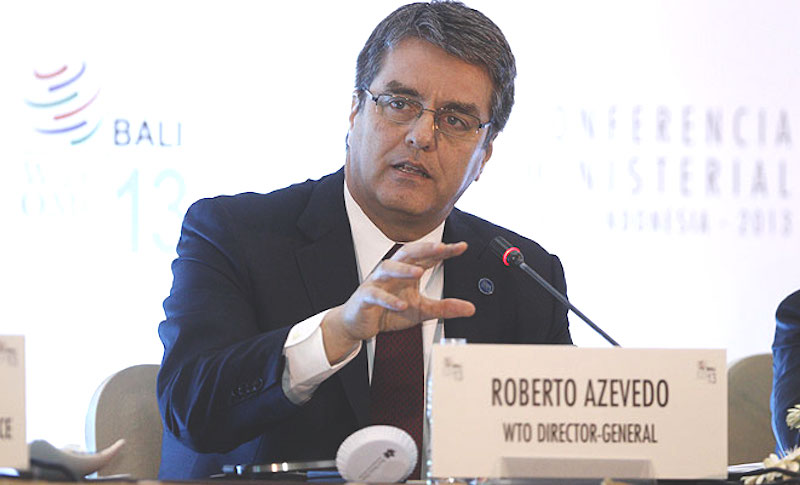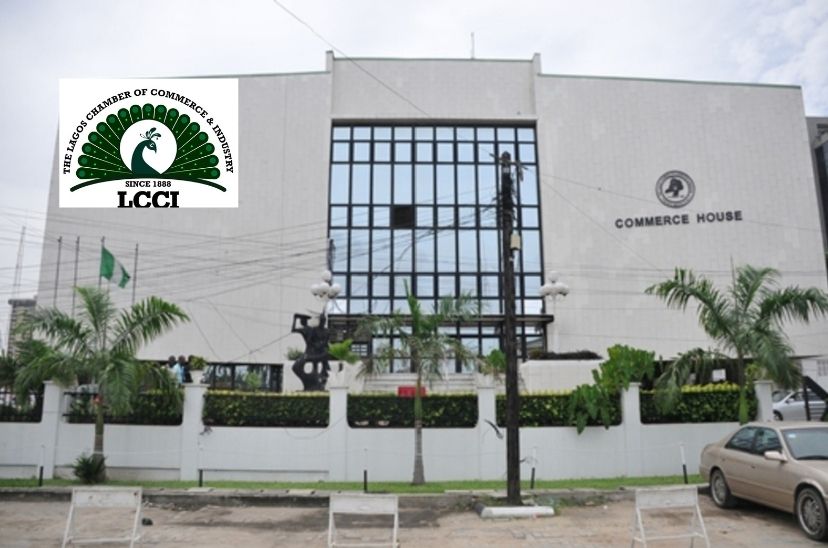The World Trade Organization (WTO) on Thursday revised upward its forecast for global trade growth in 2017 to 3.6 percent, from the previous estimate of 2.4 percent, citing a sharp acceleration in global trade growth in the first half of the year.
According to WTO economists, stronger growth in 2017 was attributed to a resurgence of Asian trade flows as intra-regional shipments picked up and as import demand in North America recovered after stalling in 2016.
Equally, the strength of the revision is partly due to a modest improvement in the consensus forecast for world GDP growth (2.8% in 2017 at market exchange rates, up from 2.3% in 2016) and partly due to the composition of that growth.
Stronger growth, particularly in China and the United States boosted demand for imports, which spurred intra-Asia trade as demand was transmitted through regional supply chains, the WTO explained.
Chinese demand in the first half of 2017 was driven by solid growth in industry and even stronger growth in services. Financial conditions in Asia also improved compared to the volatile first quarter of 2016, contributing to business and consumer confidence, the WTO added.
Meanwhile, the WTO noted that the partial recovery of oil prices in 2017 also appears to have provided some support for investment in the United States, growth of which slowed abruptly in 2016, particularly in the energy sector, but has picked up in the first half of this year.
However, the WTO estimated that the rapid pace of trade growth this year is unlikely to be sustained, while expecting a moderate trade growth in 2018 to around 3.2 percent.
“The rapid pace of trade growth in 2017 is unlikely to be sustained next year for a number of reasons. First, trade growth in 2018 will not be measured against a weak base year, as is the case this year.
“Second, monetary policy is expected to tighten in developed countries as the Federal Reserve gradually raises interest rates in the United States and the European Central Bank looks to phase out quantitative easing in the euro area.
“Third, fiscal expansion and easy credit in China are likely to be reined in to prevent the economy from overheating. All of these factors should contribute to a moderation of trade growth in 2018 to around 3.2% (the full range of the estimate being from 1.4% to 4.4%),” it said.
No end in sight for skills shortage as Nigeria’s policy environment for education poor with score of 23.7%
Technology, trade changes disrupt manufacturing-led development, World Bank warns
Roberto Azevedo, WTO Director-General, warned that, while the improved outlook for trade is welcome news, substantial risks that threaten the world economy remain in place and could easily undermine any trade recovery.
“These risks include the possibility that protectionist rhetoric translates into trade restrictive actions, a worrying rise in global geopolitical tensions and a rising economic toll from natural disasters,” he added.
“Though difficult to quantify, these risks are very real. As a result, increased optimism about trade should be tempered with a healthy dose of caution. On the other hand, the fact that trade growth is now more synchronized across regions than it has been for many years could make the current expansion self-reinforcing. Such a positive outcome would be more likely if countries continue to resist the temptations of protectionism and work together with their partners in the multilateral system to ensure that gains from trade are both large and widely shared,” he stressed.
He urged world economies to continue to resist the temptations of protectionism and work together with their partners in the multilateral system to ensure that gains from trade are both large and widely shared.
World trade rose 4.2 percent year-on-year in the first half of 2017 compared to the same period in the previous year. Developed economies’ exports were up 3.1 percent over the same period while those of developing economies were up 5.9 percent. Meanwhile, imports were up 2.1 percent in developed countries and 6.9 percent in developing economies in the first half of the year.
Exports and imports were up in the first half of 2017 compared to the same period last year in all regions tracked by WTO short-term trade statistics except for South America, where trade was essentially flat.
North American exports and imports were up 4.9 percent and 3.9 percent year-on-year during this period. Exports of South America were down 0.7 percent while imports were up 1.0 percent.
In Europe, exports grew 2.6 percent while imports rose 1.2 percent. Exports of Asia rose 7.3 percent while the region’s imports jumped 8.9 percent thanks in large part to strong increases in China.
“Other regions”, comprised of Africa, the Middle East and the CIS region, saw flat export growth of 0.1 percent in volume terms mostly due to the fact that demand for oil and other natural resources tends to be very stable.
On the other hand, imports of these regions were collectively up 2.5% thanks to a partial recovery in prices for primary commodities. Oil prices were up 21.8% year-on-year in the first half of 2017, boosting export revenues of resource producing regions. However, prices remain low by recent historical
The new estimate for world trade growth in 2017 is at the high end of the range of estimates provided in WTO economists’ most recent trade forecast of 12 April 2017 (1.8% – 3.6%).









